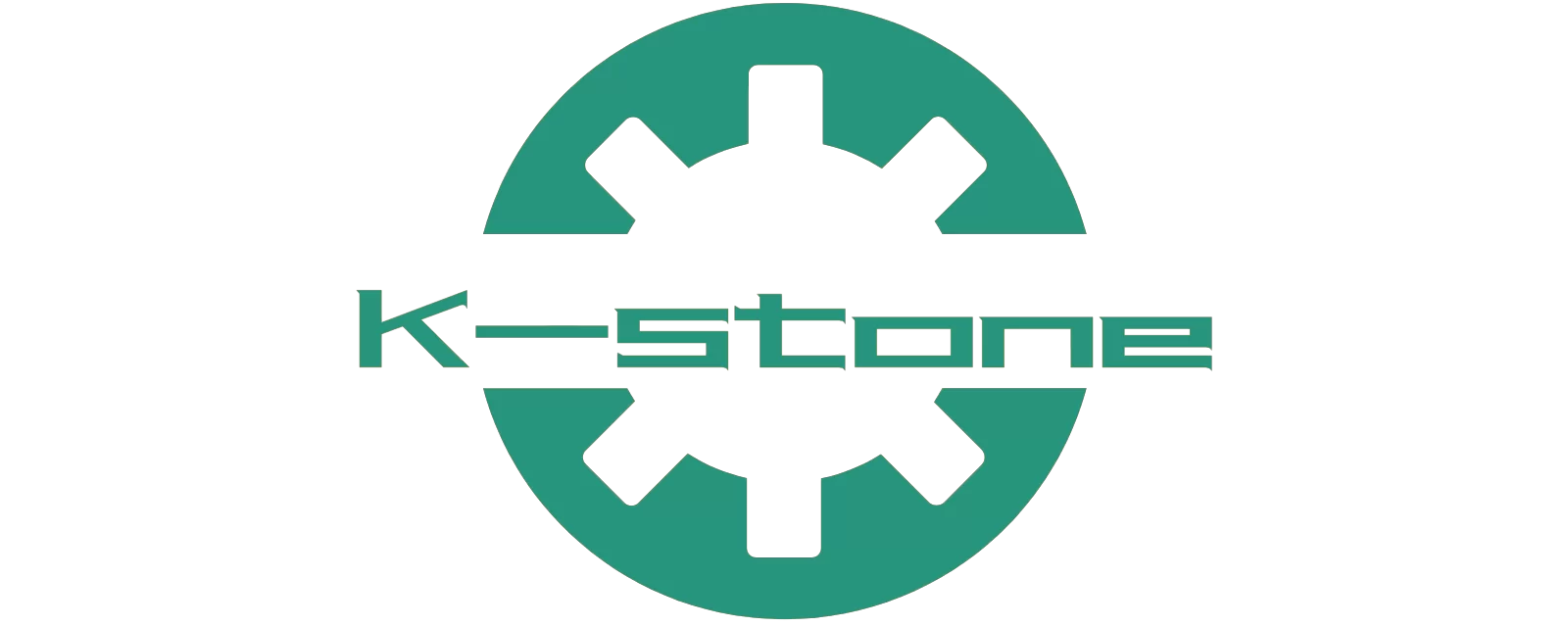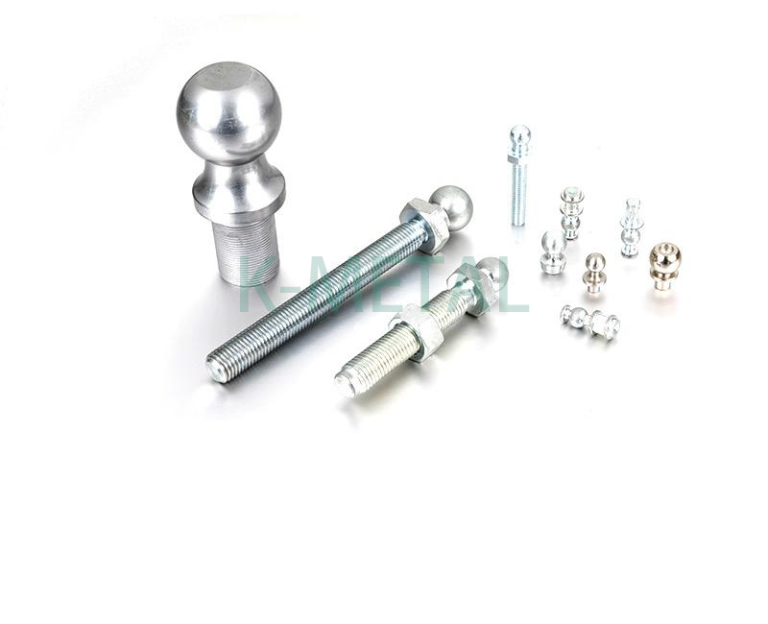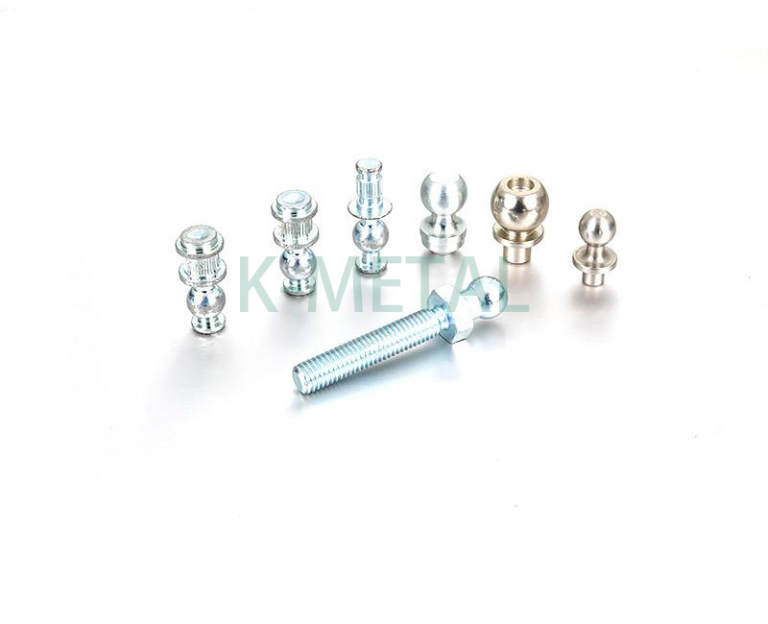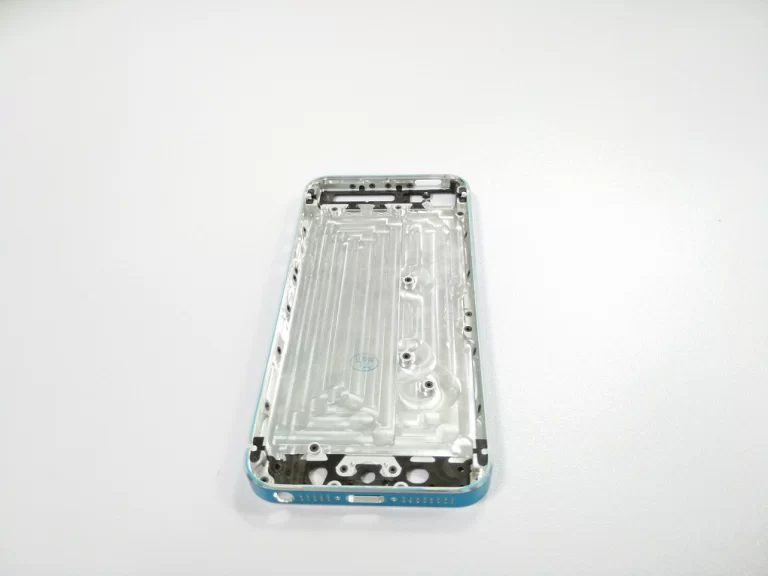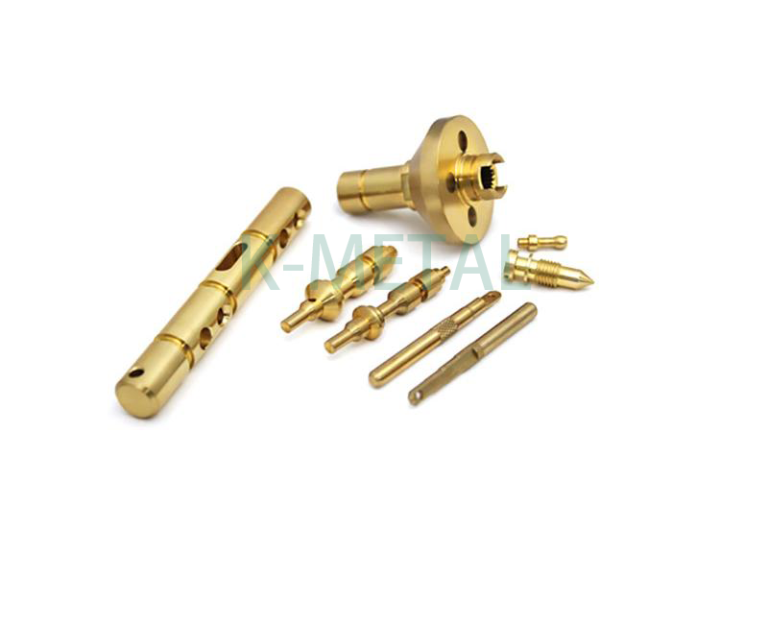
Personalización de componentes electrónicos
El mecanizado de ejes de precisión a medida no hará más que sistematizarse, y dejará de ser un simple método de procesamiento mecánico. Cuando se conecte a la perfección con las nuevas tecnologías, podrá desempeñar mejor su papel, especialmente en el campo del procesamiento inteligente, dando un salto cualitativo y sirviendo mejor al desarrollo industrial.
Características del procesamiento de piezas mecánicas de precisión:
1. Procesamiento de piezas mecánicas finas
Cuando la precisión de mecanizado de las piezas detalladas se sitúa en el rango nanométrico, incluso para las empresas atómicas, los métodos de corte y procesamiento de piezas ultra detalladas ya no son adecuados. Hay que recurrir a métodos especiales de procesamiento de piezas detalladas, como la energía química, la energía electroquímica, la energía térmica o la energía eléctrica. Consiguen que estas energías cinéticas superen la energía de enlace entre átomos, eliminando así parte de la adhesión, fusión o deformación reticular entre átomos en la superficie de la pieza, con el fin de alcanzar el objetivo del procesamiento ultrafino. Pulido mecanoquímico, pulverización e inyección de iones, exposición a haces de electrones, tratamiento por láser, evaporación de metales y epitaxia de haces moleculares.
2. Corte detallado y procesamiento de piezas mecánicas
La clave es el torneado meticuloso, el corte a espejo y el rectificado, etc. En un torno meticuloso, las plantas de procesamiento de piezas de precisión utilizan herramientas de torneado de diamante monocristalino rectificado de precisión para el torneado pequeño, con un grosor de corte de solo 1 μ m aproximadamente. Las piezas de alta precisión y alto brillo, como los espejos esféricos, no esféricos y planos fabricados con materiales de metales raros, se utilizan habitualmente en el mecanizado.
